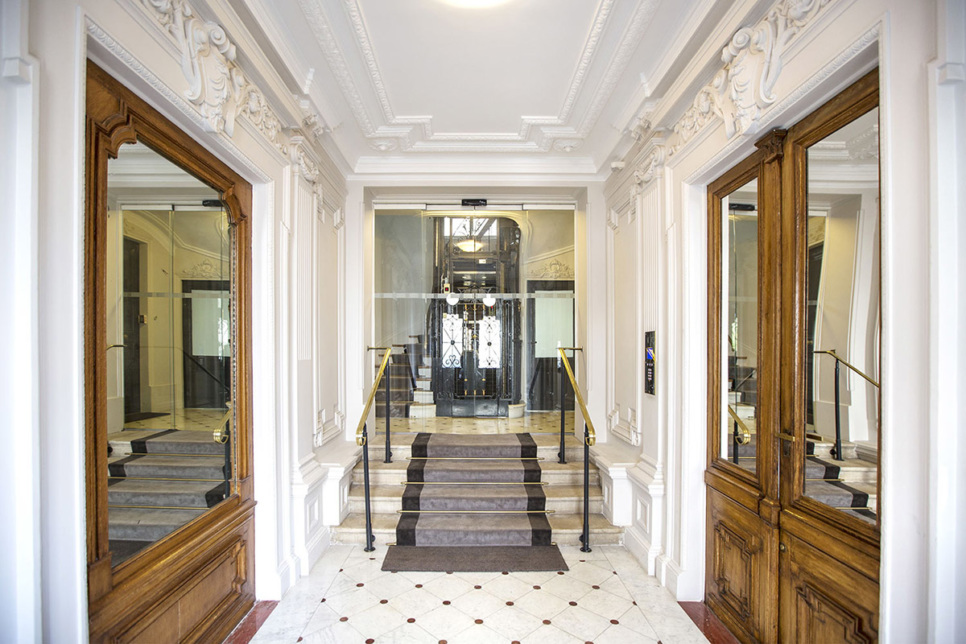
Electrical lighting was installed in 1881. Palais Garnier was finally completed January 5, 1875. Interesting fact #2: the Opera House was so expensive that the government had to borrow over half of the money (4.9 million francs) from wealthy entrepreneur, François Blanc, who managed Monaco’s Monte Carlo Casino. The Paris Opera house was one of the most expensive buildings to be built at a cost of 7.5 million francs. He began construction of the Opera in 1861. Architect Charles Garnier was one of 7 finalists and after revising his project, it was finally selected as the winning design. There would be 2 phrases where applicants would be narrowed down to 7 in the 2nd phase. This was done with the help of Baron Haussmann.Ī competition was established to choose a design for the new Opera House. Napoleon III was on a mission to reconstruct and modernize Paris, adding sewers, creating grand boulevards and more light to the area. She began our tour by telling us some stories about the opera’s history.

She took us to various areas and rooms and gave us time to take photos, wander around a bit, and ask questions. Of course, she elaborated on the Phantom of the Opera and parts of the story that were true and not true. This is not uncommon when you borrow audio-guides at museums.ĭuring our 90 minute tour, was informative and provided interesting commentary. license or passport) that she held onto in exchange for the headphones. We did have to provide her with a piece of identification (ie. And no matter how close or far we were from her, we could hear her. These headsets amplified her voice but her words remained very clear. Our tour guide spoke excellent English and explained how the opera house can get very busy and crowded and rather than try to speak over all the voices, she would speak into a microphone and we would be able to clearly hear her using special headphones. Interesting fact #1: the Pythia sculpture was done in bronze by Marcello who was actually a woman, Adèle d’Affry, the Duchess Castiglione-Colonna. Throughout much of the Paris Opera there are symbols of Greek mythology and as you head to the Grand Escalier (Grand Staircase) you pass by La Pythonisse (or Pythia), priestess of the god Apollo greets you. The Rotonde des Abbonées is a circular room or vestibule that has pillars on the perimeter, mosaic tiles on the floor, and a very decorative ceiling.


 0 kommentar(er)
0 kommentar(er)
